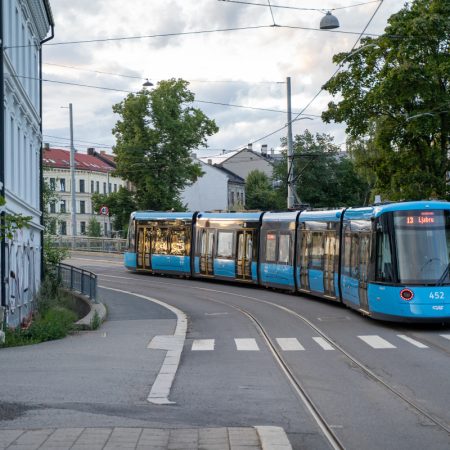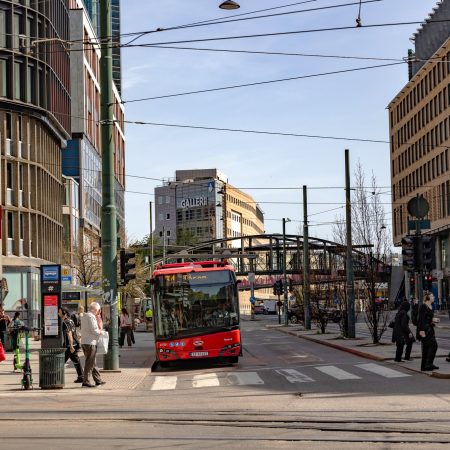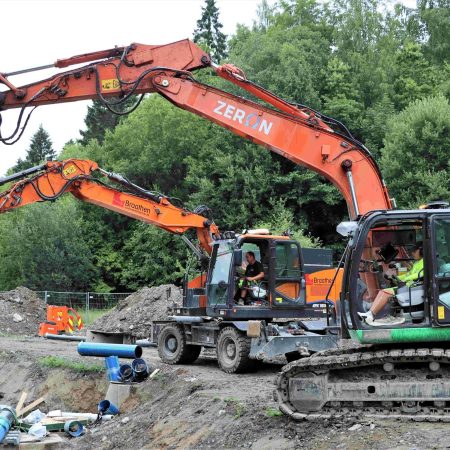This manual has been compiled by the municipalities of Oslo, Hamar and Trondheim. The municipalities received support from the Norwegian Environment Agency’s Klimasats subsidy scheme to compile a manual for climate budgets as a governance tool. The City of Oslo’s Agency for Climate is project-managing the project, which runs from October 2019 to November 2021.
Developing climate budgets remains ground-breaking work. Experiences to date vary significantly from municipality to municipality, and from county municipality to county municipality.
The project guided a group of municipalities and county municipalities in their work on preparing climate budgets for 2021. These were Arendal, Sarpsborg, Vågan and Alta municipalities, and Viken and Vestland county municipalities. We were able to discuss all the various methodological issues that arise, and use this as a basis for recommendations in the manual. Accordingly, the manual provides concrete and practical advice on how municipalities and county municipalities should proceed in developing climate budgets.
The manual can be used by all municipalities and county municipalities that are to prepare climate budgets.
The project group comprised Astrid Ståledotter Landstad (Agency for Climate, City of Oslo), Reidun Kristina Malvik (formerly of the Agency for Climate, City of Oslo), Lise Urset (Hamar Municipality), Simon Loveland (Trondheim Municipality) and Linn Hege Aune (Trondheim Municipality).
Please click the file attached below to read the full version
There are references to appendix 1, 2a, 2b and 2c in the manual. You will find the appendices here








